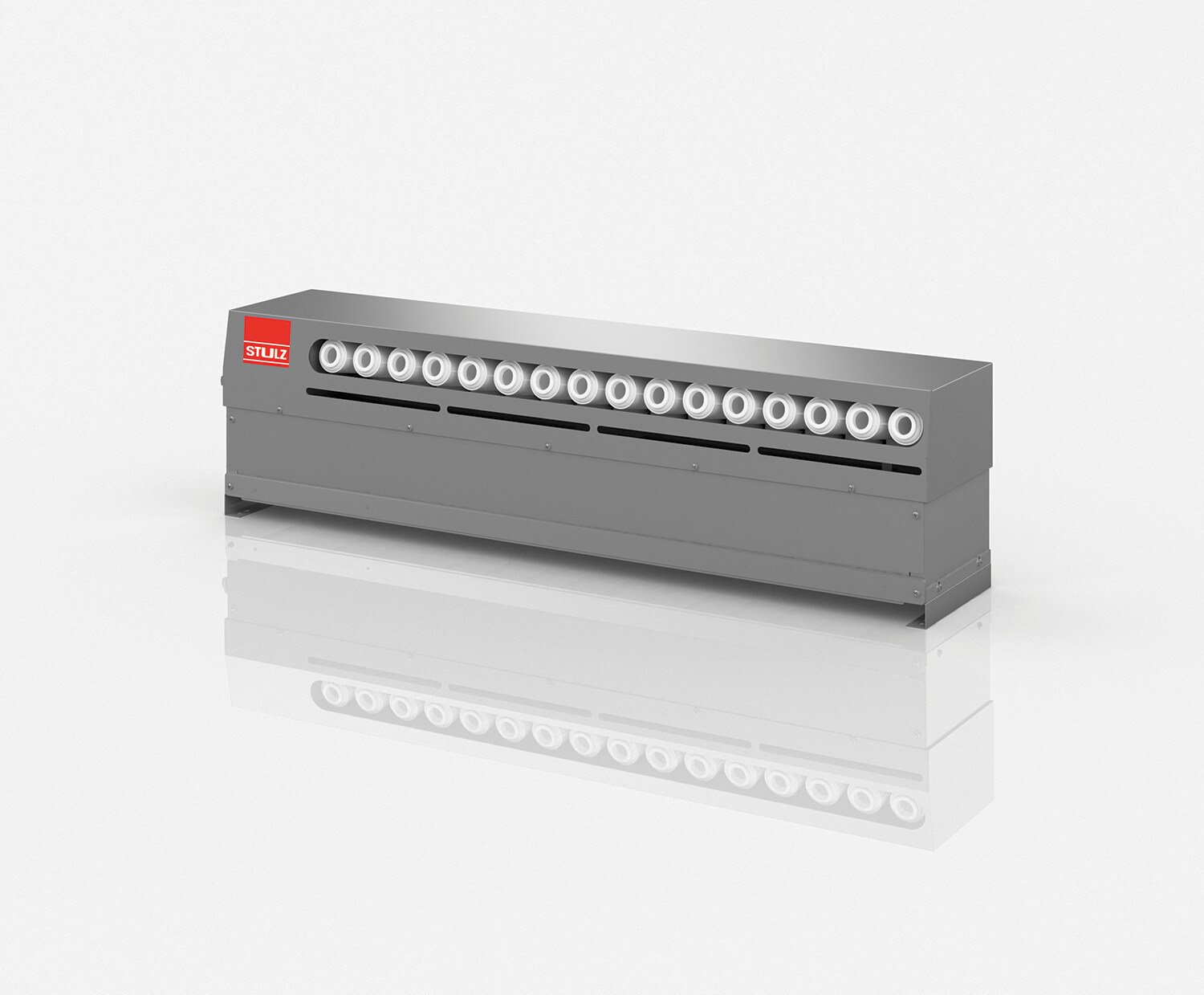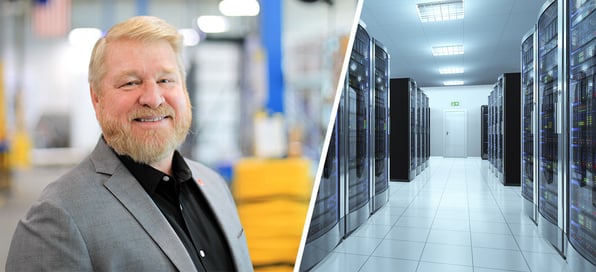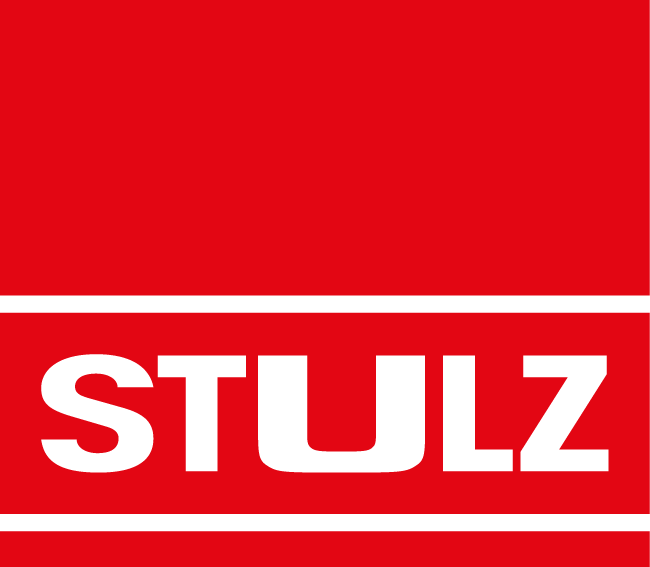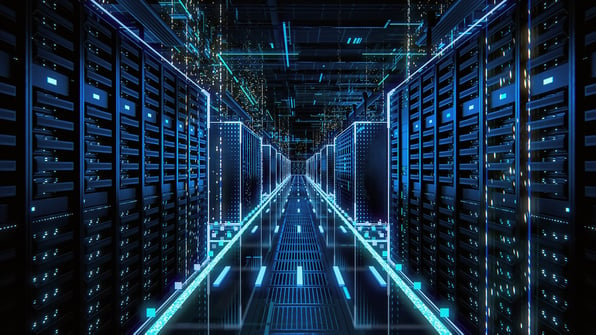When it comes to managing environments for mission-critical applications, the discussion often surrounds precision cooling. However, in addition to temperature, controlling humidity is essential. From eliminating static electricity to preserving works of art, there are as many benefits of humidity control as there are unique applications.
The type of humidification implemented in mission-critical environments can make a significant difference in operating expenses and maintenance costs. Understanding the difference between adiabatic and isothermal humidification can illuminate the potential to capitalize on true energy savings and a quicker ROI.
What is Isothermal/Steam Humidification?
Isothermal/steam humidification systems use electricity or gas as an external heat source to boil water creating steam as water vapor is dispersed in the air. During the isothermal process, the air temperature essentially remains constant. Energy consumed from an external energy source is approximately 1,000 BTU/LB of moisture.
Isothermal humidification types include:
- Electrode canister
- Infrared
- Electric resistance
- Direct steam injection (building steam)
- Steam-to-steam
- Gas-fired
What is Adiabatic/Evaporative Humidification?
Adiabatic/evaporative humidification systems use mechanical energy to generate finely atomized water particles that are introduced to the air and/or evaporated to/from media. The adiabatic process does not require thermal energy from an external source. There is no heat added. Energy extracted from the air stream is approximately 1,000 BTU/LB of moisture.
Typical types of adiabatic/evaporative humidification are:
- Ultrasonic - piezoelectric transducer
- High pressure water nozzle
- Compressed air nozzle
- Centrifugal atomizing (sling type)
- Evaporative pad
Adiabatic Cooling During the Humidification Process
Adiabatic humidifiers produce tiny water droplets that are released into the air, thus increasing the absolute humidity. Those tiny water droplets absorb heat energy from the environment and cool the surroundings. The latent heat of evaporation process consumes the heat that is absorbed, so the heat doesn't need to be released elsewhere.
Through the cooling process, total enthalpy – the sum of the internal energy added to the product of the pressure and volume of the system – remains constant. This process consumes less than 10% of the energy required to boil water into steam and is far more efficient than isothermal options.”
.

Benefits of Adiabatic Humidification
Perhaps the most notable benefit of adiabatic humidification is air cooling. Because adiabatic humidifiers draw heat from air for evaporation, they can produce a >20°F temperature drop. Every pound of adiabatic humidification added to the air removes approximately 1,000 BTU of heat. This is a significant benefit in climates where air is consistently warm and dry, such as a data center, or in spaces where there is an additional heat load, from equipment in a computer room for example.
Because adiabatic humidifiers use heat present in the air to change water to vapor, they consume less energy to operate compared to isothermal humidifiers, which require external energy to boil water into steam. Additional benefits offered by adiabatic humidifiers are:
- Increased efficiency data centers
- Significant energy savings
- Helpful when steam or gas is not available
- Precise humidity control
- Quicker ROI
STULZ Ultrasonic Humidification Systems

STULZ offers two Ultrasonic Humidification systems: Direct Room Humidifiers (DRH) and Duct and Air Handler Humidifiers (DAH). Multiple piezoelectric transducers immersed in a water bed vibrate at a high-frequency, allowing the distribution of very fine water droplets. This allows for 90% smaller droplets than nozzles released into the air.
STULZ Ultrasonic Solutions provide precise static electricity and product quality control at a minimal operating cost. Direct Room and Ducted Humidifiers provide a clean, efficient, and precise humidity control solution. These units keep operational costs lower allowing for a quicker ROI, typically 1-2 years, verses steam applications. Additionally, 93% energy savings over steam humidifiers make these units ideal for mission critical applications.
Ultrasonic Humidification Solutions
for Mission Critical Applications







Blog Comments